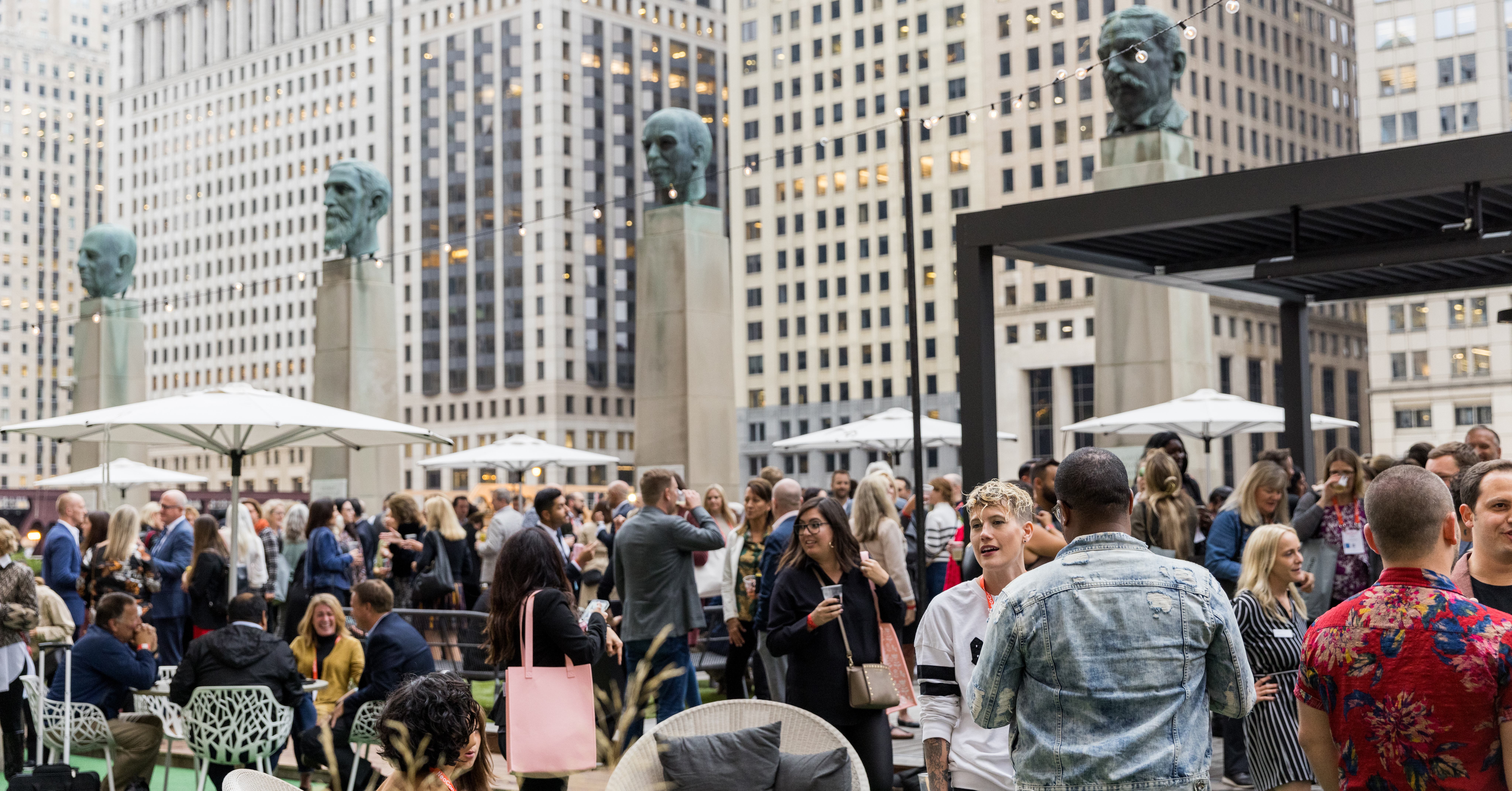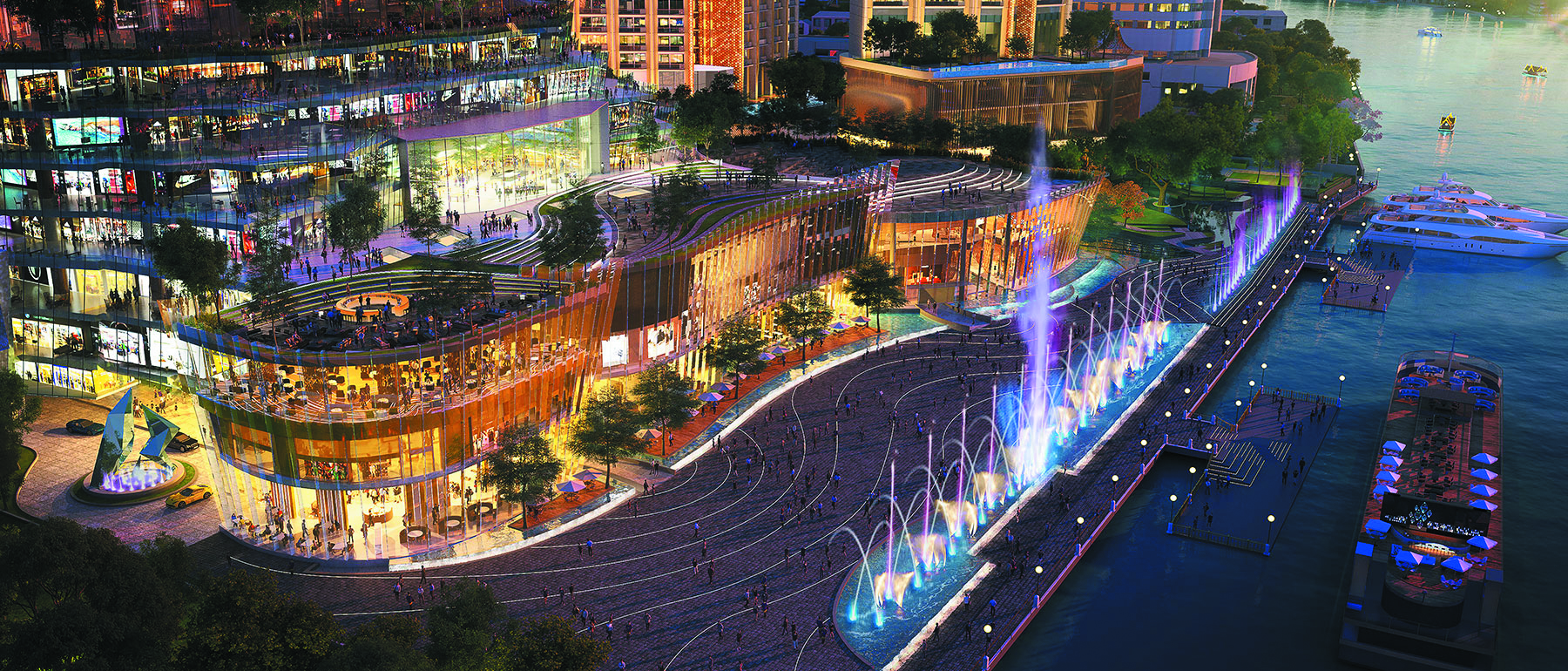Architects: Want to have your project featured? Showcase your work through Architizer and sign up for our inspirational newsletters.
A television, a reel-to-reel tape deck, an integrated sound system, a personal refrigerator and an alarm clock by the bedside were all radical features of an individual capsule within the Nakagin Capsule Tower when the properties of the iconic structure became available to the residents of Tokyo and beyond in 1972. In its day, The Nakagin Capsule Tower epitomized certain visions for the future.
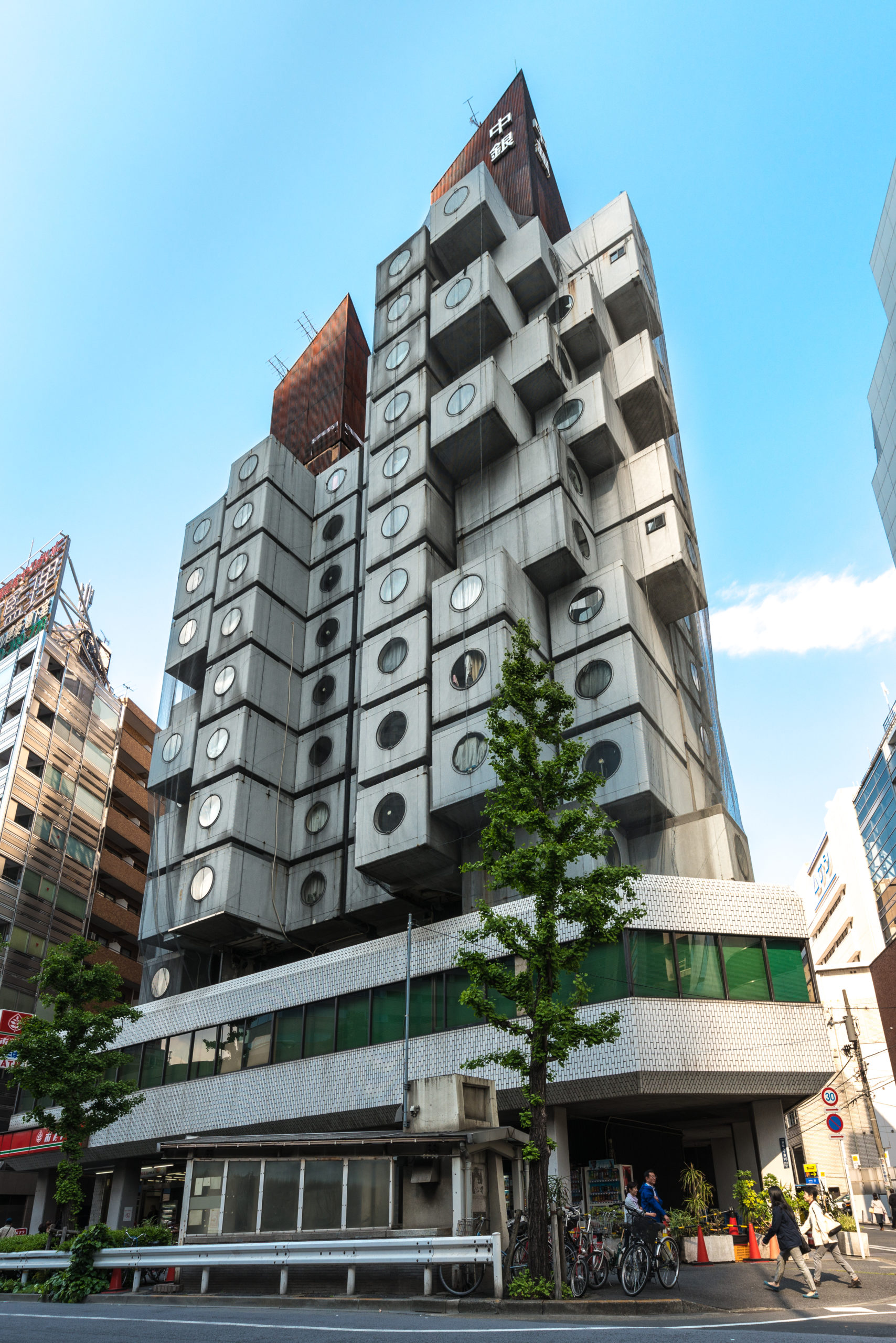
The Nakagin Capsule Tower via Wikimedia
When he first conceived his progressive tower, architect Kisho Kurokawa not only wanted to design something the world had never seen, but he also saw the project as an on-the-ground opportunity to radically overhaul architecture as the profession understood it. He dreamed of creating a building with a synergy to human life: a structure that would evolve and grow as we did, as our cities did and as our technology did. He intended to extend the typical lifetime of buildings, hoping that they would live alongside us forever, always providing what the inhabitants of the era needed without the need for demolition. Kurokawa was a pioneer of metabolism architecture, the founder and an inspiration to many — he remains a hero to those who share his values.
Unfortunately, the late Kurokawa’s ideas made better dreams than reality. After five decades, the news of the imminent destruction of The Nakagin Capsule Tower is a bitter pill to swallow for global architecture fans. On April 12th, 2022, the Metabolist icon was dismantled — a stark reminder of the unsung opportunities that it once encapsulated.
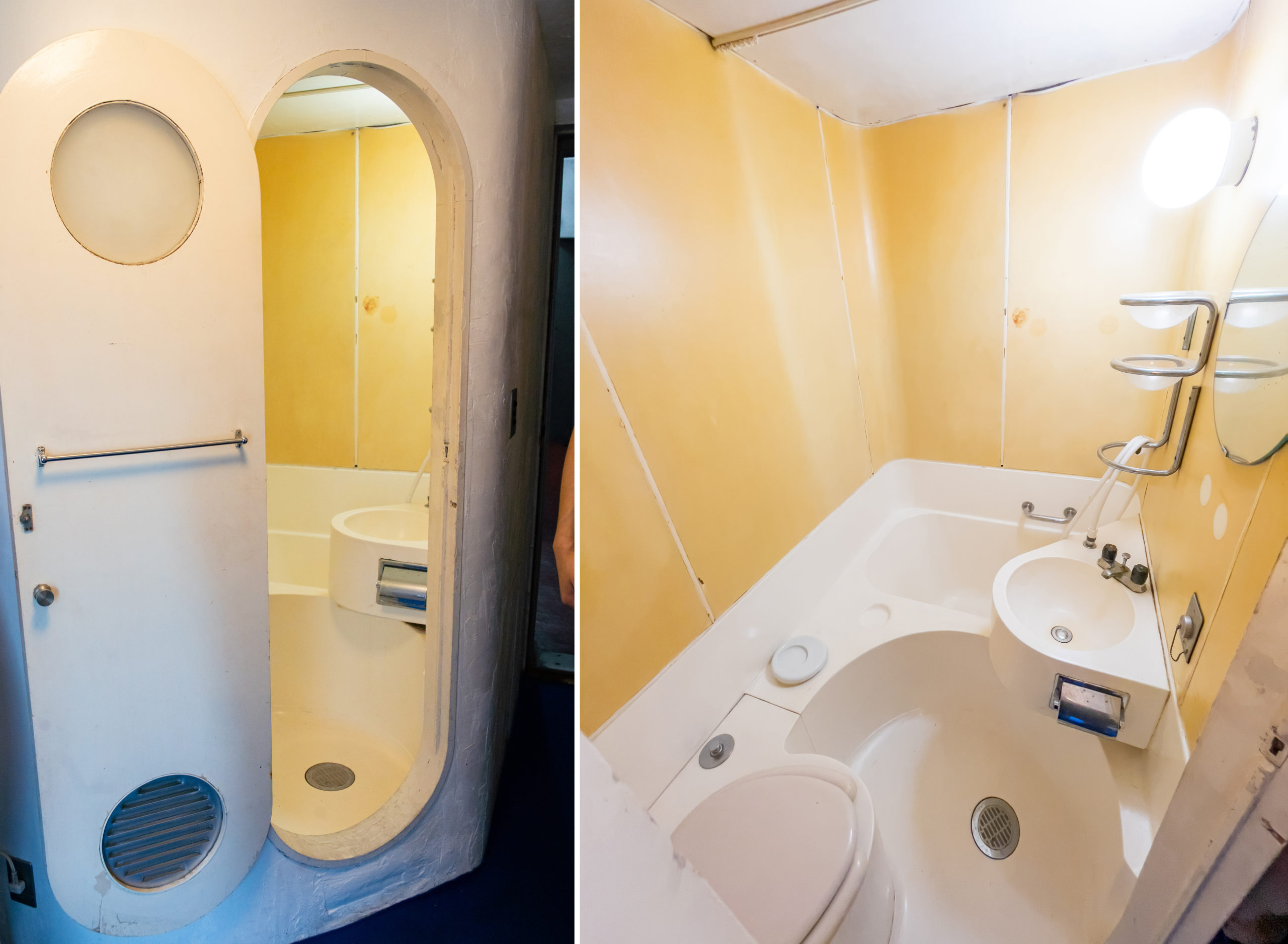
Both images via Wikimedia
In his original design and proposal, Kisho Kurokawa planned that the 144 individual capsules making up the renowned tower block would be replaced every 25 years. Each concrete capsule would be a self-contained unit manufactured off-site — another practice that was well before its time — and secured to two central steel frame towers that would act as a stem for the pods. In his design, Kurokawa ensured each capsule could simply be removed and replaced in the same way it was constructed. In this way, they could be updated with new capsules when the time felt appropriate.
However, as the first 25-year milestone came and went with not one of the 144 capsules being replaced, the Nakagin Capsule Tower soon fell victim to the ailments of a building without its unique properties. Damp, mold, plumbing issues and asbestos problems ran rampant through the self-contained units, while the building’s ineffectiveness against rapidly increasing earthquakes became worryingly apparent. Merely a few years later, the groundbreaking building fell into disrepair and today, 50 years on, the problems faced by the extraordinary structure are tenfold.
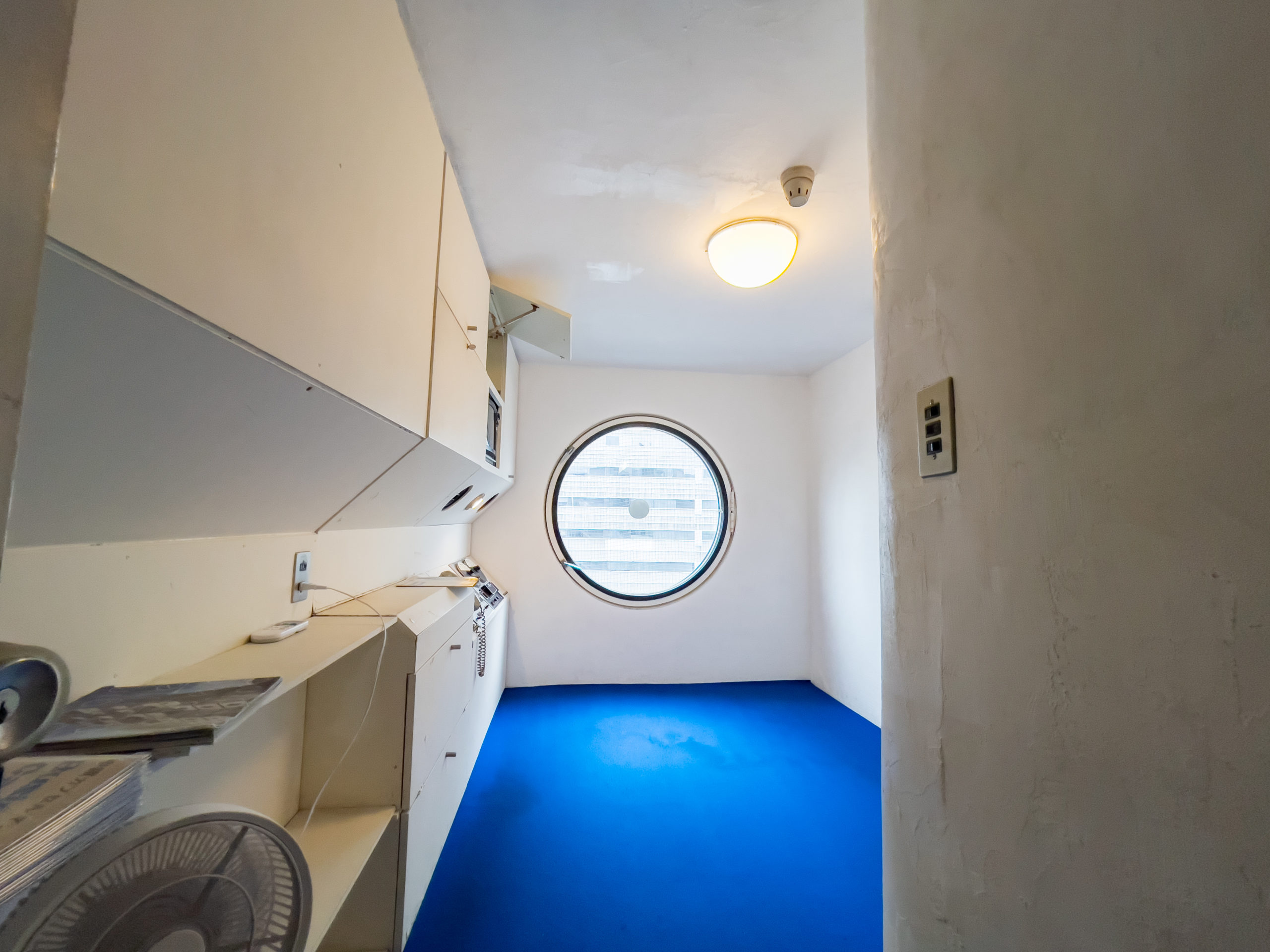
Image via Wikimedia
Perhaps unsurprisingly, over the last 20 years, many of the buildings residents have campaigned for its destruction, citing an array of reasons. A few alarming examples include the fact the capsules have had no hot water for over 10 years (since the pipes burst in 2010), cancer-inducing levels of asbestos have been found throughout the entire building, and mildew has infected almost every facet of the structure. The declining value of the surrounding neighborhood of Ginza and the recession of 2010 also played a large part in the negativity surrounding the building’s continued existence.
Yet, despite its myriad of problems, the Nakagin Capsule Tower continues to be regarded as an icon by architecture fans and, most unexpectedly, by many of the building’s past and present residents. Opposing the persistently pessimistic views, a faction of residents refuse to accept that the building cannot be resurrected. These people hold a deep connection to the Nakagin Capsule Tower as their home or workplace and have fought to try and retain the architectural feat for future generations.
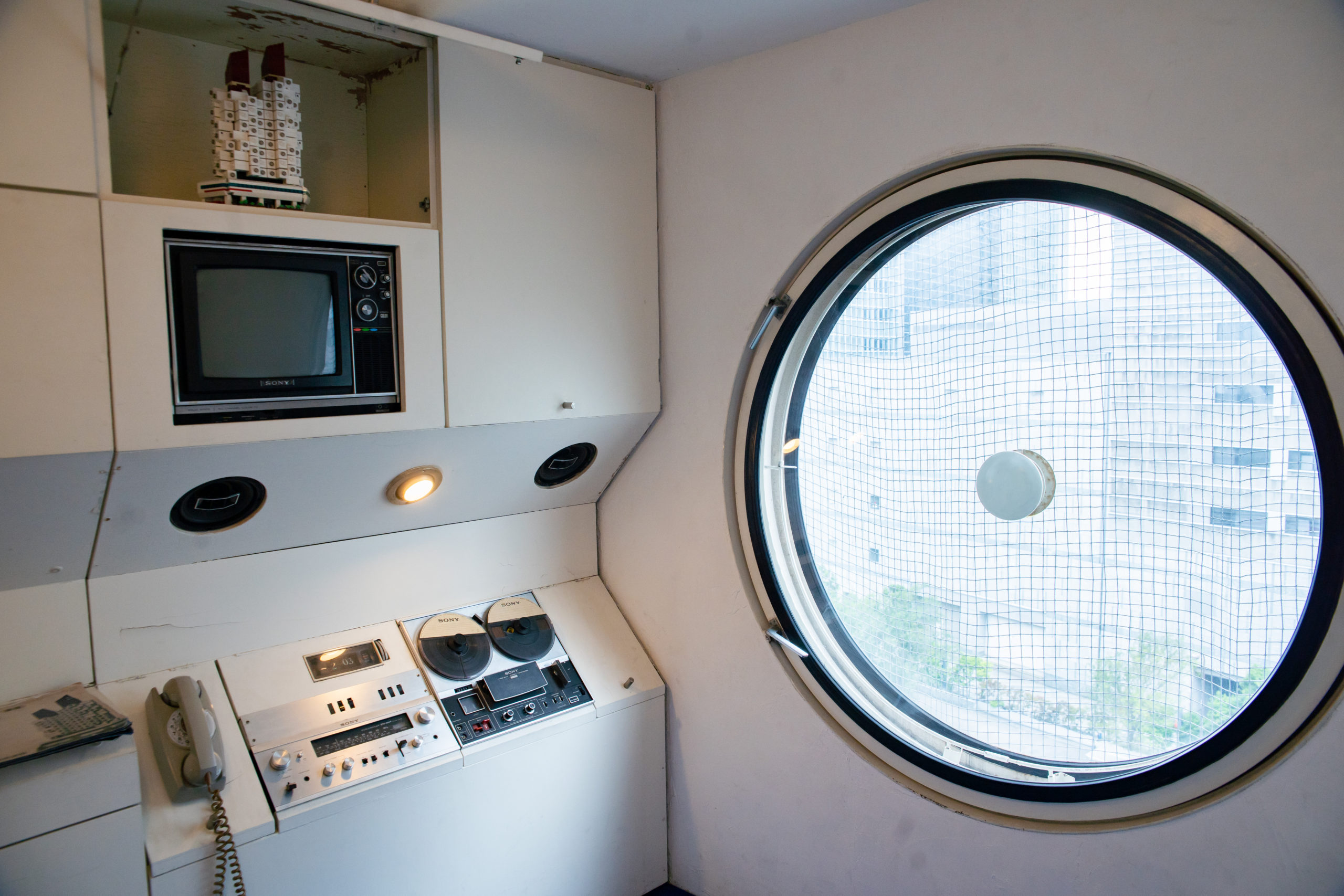
Image via Wikimedia
For years, the Nakagin Capsule Tower Preservation and Regeneration Project have been battling to try and reach an agreement where all owners would be happy, and the building would be restored to its former mantel as futuristic oddity and architectural masterpiece. Nevertheless, love does not always conquer all, and though many proposals have been put forward, the reality remains that the repairs needed would require a complete dismantling of the building. Replacement of almost all of the 144 capsules would be necessary —an undertaking with an astronomical price tag that was completely out of reach despite ample the donations made to the cause. This year the Nakagin Capsule Towers’ fate was finally sealed.
Now, the building’s remaining inhabitants have closed their doors for the final time, and the capsules will slowly begin to retreat into the sky, craned away half a century after they were settled in place. It feels like an abandoned experiment and defeated by a past society that was not capable of realizing the importance or the potential of the gift they had been given until it was too late.

Image via Wikimedia
It has been proposed that some of the capsules, once removed, will be donated and sold to museums and buyers as individual pieces to protect the legacy of the building for future generations. As Kurokawa said — “the relationships born in a place will move with you when you do.” I genuinely believe that the relationship the residents, Tokyo, Japan and the world over have with Kisho Kurokawa’s iconic Nakagin Capsule Tower will live on forever. Its influence and story will not be forgotten in this lifetime or the next.
My only hope as I flick through images from black and white to color, documenting the slow decay of a dream, is that we do not see the shortcomings of The Nakagin Capsule Tower as a reason to shy away from the possibilities of metabolist architecture, but instead to see it as an opportunity to learn and develop, the first draft as it were, of an idea that if given a chance could hugely benefit the struggling world we live in now.
Architects: Want to have your project featured? Showcase your work through Architizer and sign up for our inspirational newsletters.
